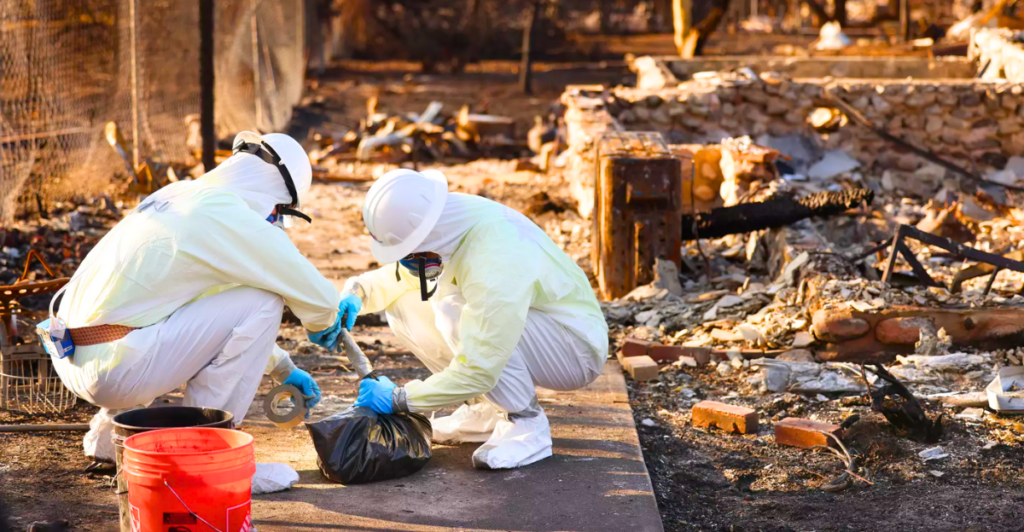
California’s wildfires are no longer just a natural disaster —they are a public health emergency, and they unleash an unseen danger: toxic metals like lead released from burning houses and infrastructure.
Among them, recent fires like the Eaton and Palisades ones have triggered unprecedented spikes in airborne lead, reaching levels up to 110 times higher than normal for several days.
Unlike forest fires, which only burn vegetation, urban wildfires incinerate buildings, vehicles, and electronics, sending a cocktail of hazardous pollutants into the air. This new reality has driven Los Angeles County to provide residents closest to burn zones with free blood testing as scientists and health officials race to understand the risk of acute and chronic exposure to these contaminants.
The Urban Wildfire Paradigm Shift
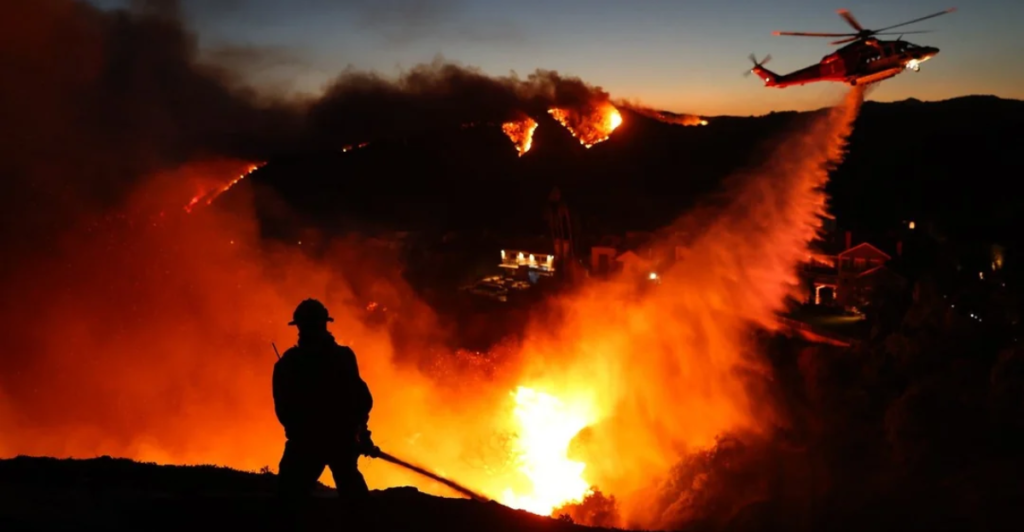
Historically, wildfire health concerns were focused on smoke inhalation and respiratory irritation. However, as California’s fire zones increasingly overlap with urban and suburban neighborhoods, the composition of wildfire smoke has changed drastically.
Burning pre-1978 homes releases legacy toxins like lead from paint, plumbing, or solder, while plastics and electronics also release lead and other heavy metals and chemicals.
This urban wildfire paradigm means that residents and first responders are potentially exposed to a much more toxic cocktail than in forest fires, raising the stakes for environmental and public health monitoring.
Real-Time Data and Shocking Spikes
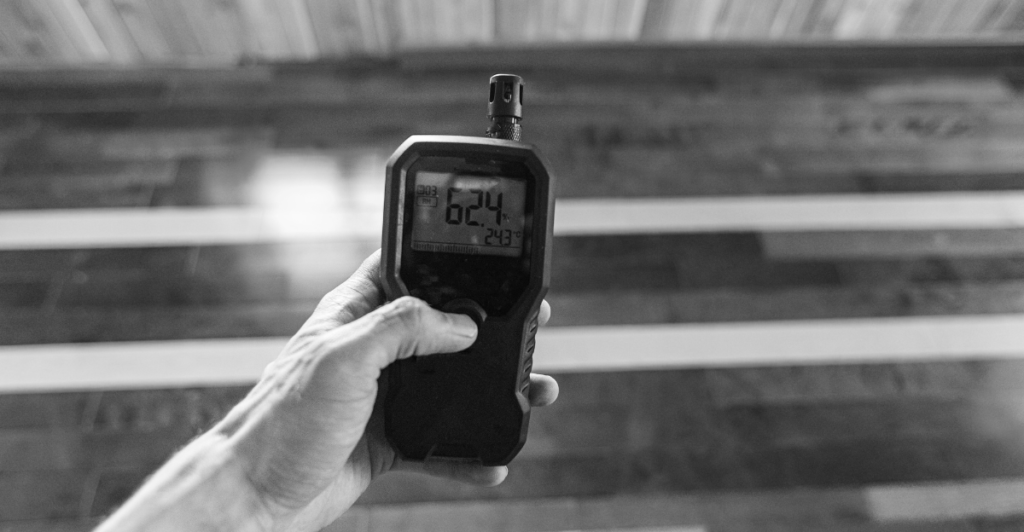
The first real-time, high-resolution data on airborne toxins came from the ASCENT air quality network deployed during the LA fires in January 2025. Just south of the Eaton Fire, scientists detected a 110-fold increase in airborne lead, a toxic element with particles that are small enough to bypass the lungs and enter the bloodstream.
These findings, published in the CDC’s Morbidity and Mortality Weekly Report, highlight the urgency of tracking not only smoke but its chemical composition, as the health impacts of such sharp increases in chemicals are not well understood.
Firefighters on the Front Lines
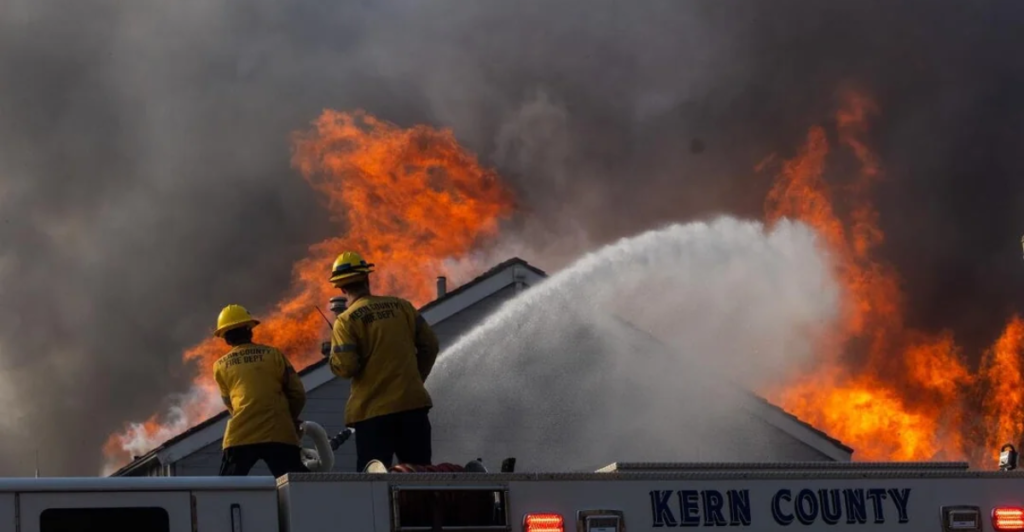
Firefighters battling the Eaton and Palisades fires found themselves unwitting test subjects in a natural experiment. Blood tests revealed that LA firefighters had five times higher lead and three times more mercury levels than their peers fighting only forest fires.
These findings, from a Harvard-led study, highlight the unique dangers of urban wildfire smoke and raise concerns about long-term health outcomes for both first responders and residents. The study’s 10-year scope reflects the seriousness of these emerging risks.
The Stealthy Toll of Toxic Smoke
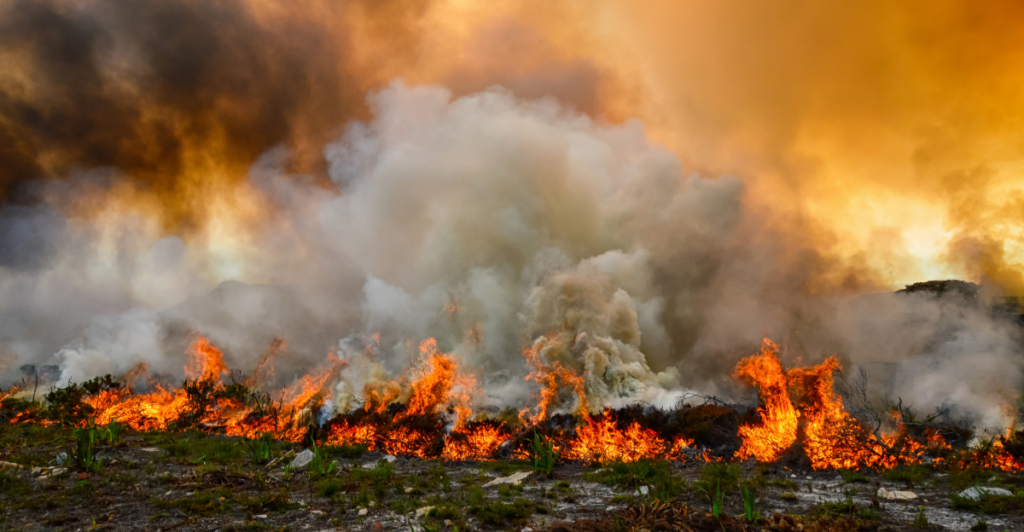
Wildfire smoke is a deadly cocktail of fine particles (PM2.5), metals, and chemicals. UCLA research has estimated that between 2008 and 2018, small toxic particulates carried by wildfire smoke were responsible for more than 52,000 premature deaths in California, exceeding the number of fire-related fatalities by huge margins.
PM2.5 from wildfires is often more toxic than that from other pollution sources as it contains a distinctive mix of combustion byproducts, metals, and synthetic chemicals that can trigger respiratory distress, immune dysfunction, and chronic disease exacerbation.
Health Effects

The health risks from wildfire smoke extend far beyond coughing and eye irritation. Fine particles and heavy metals can result in persistent coughing, wheezing, decreased lung function, and pulmonary inflammation, even among healthy people.
For vulnerable populations—children, the elderly, and people with pre-existing conditions—exposure can worsen asthma and heart failure and even lead to premature death. Lead exposure, in particular, can cause neurodevelopmental damage in children and subtle but serious effects in adults.
The Unseen Risk: Acute vs Chronic Exposure

Although the effects of chronic lead exposure are well-documented, the health impacts of short-term, high-level exposures, such as those occurring during a wildfire, are still less clear and potentially underestimated.
Acute inhalation of lead-laden particles can lead to airway irritation and exacerbate existing lung diseases. The real threat may be cumulative exposures over repeated fire seasons, with unknown long-term effects on both physical and cognitive health.
Older Neighborhoods Are More Affected

Wildfire pollution doesn’t affect all communities equally. It disproportionately affects older neighborhoods with pre-1978 housing stock due to legacy lead paint and plumbing.
These areas typically overlap with low-income or marginalized populations, leading to exacerbation of already observed health disparities. The aftermath of wildfires also delays reconstruction and recovery, exposing residents to lingering toxins in soil, dust, and debris for months or years.
Why Testing Is Important

Testing blood for lead is not just a precaution — it’s a strategic intervention in public health. Identifying and treating elevated blood lead levels early on allows health officials to target interventions, guide clean-up efforts, and inform policy changes regarding building codes and disaster response.
The lessons learned from LA’s experience with urban wildfires may shape how cities across the nation prepare for and recover from fire disasters going forward, including changes to environmental regulation, insurance, and public health infrastructure.
The New Normal Demands Vigilance

The hidden danger in California’s wildfire zones is not only the flames but also the toxic legacy they unleash and leave behind. As climate change fuels more frequent and intense urban wildfires, Californians—and Americans at large—must contend with invisible, long-term threats to health and safety.
Blood testing for lead is an important first step, but a deeper consideration of urban resilience, environmental justice, and the toxic legacy of the built environment is needed. The stakes are not less than the future health of entire communities.
Explore more of our trending stories and hit Follow to keep them coming to your feed!

Don’t miss out on more stories like this! Hit the Follow button at the top of this article to stay updated with the latest news. Share your thoughts in the comments—we’d love to hear from you!







